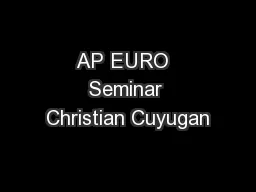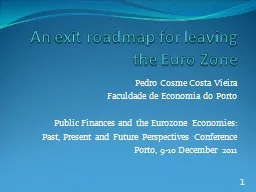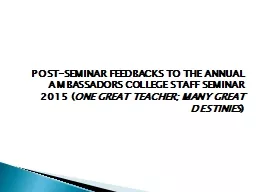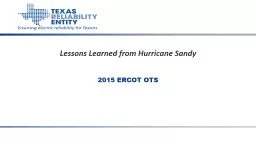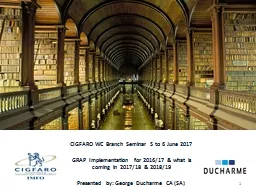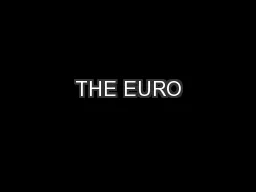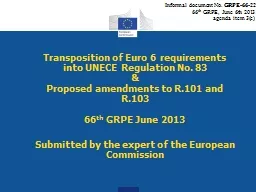PPT-AP EURO Seminar Christian Cuyugan
Author : stefany-barnette | Published Date : 2018-10-21
Per 4 22112 How and in what ways did European painting or literature reflect the disillusionment in society between 1919 and 1939 Support your answer with specific
Presentation Embed Code
Download Presentation
Download Presentation The PPT/PDF document "AP EURO Seminar Christian Cuyugan" is the property of its rightful owner. Permission is granted to download and print the materials on this website for personal, non-commercial use only, and to display it on your personal computer provided you do not modify the materials and that you retain all copyright notices contained in the materials. By downloading content from our website, you accept the terms of this agreement.
AP EURO Seminar Christian Cuyugan: Transcript
Download Rules Of Document
"AP EURO Seminar Christian Cuyugan"The content belongs to its owner. You may download and print it for personal use, without modification, and keep all copyright notices. By downloading, you agree to these terms.
Related Documents

